Possui graduação em Física pela Universidade Estadual Paulista Júlio de Mesquita Filho (2004), mestrado em Física pela Universidade Estadual de Campinas (2007) e doutorado sanduíche pela Universidade Estadual de Campinas (2011) e University of Cambridge (Inglaterra). Tem experiência na área de Física, com ênfase em Estrutura Eletrônica de Átomos e Moléculas; Teoria, atuando principalmente nos seguintes temas: graphene, molecular dynamics, reaxff, lammps e nanofios. Fez pos-doutoramento na Universidade de Campinas (Unicamp) no estudo das propriedades eletrônicas e mecânicas de de nanoestruturas 2D, na Universidade de Rice (Houston, Estados Unidos), na área de dinâmica molecular reativa de nanoestruturas hibridas e na Universidade do ABC. Foi professor visitante nesta na Universidade Federal do ABC e atualmente é professor adjunto nesta universidade
Desculpe, nenhuma publicação.






